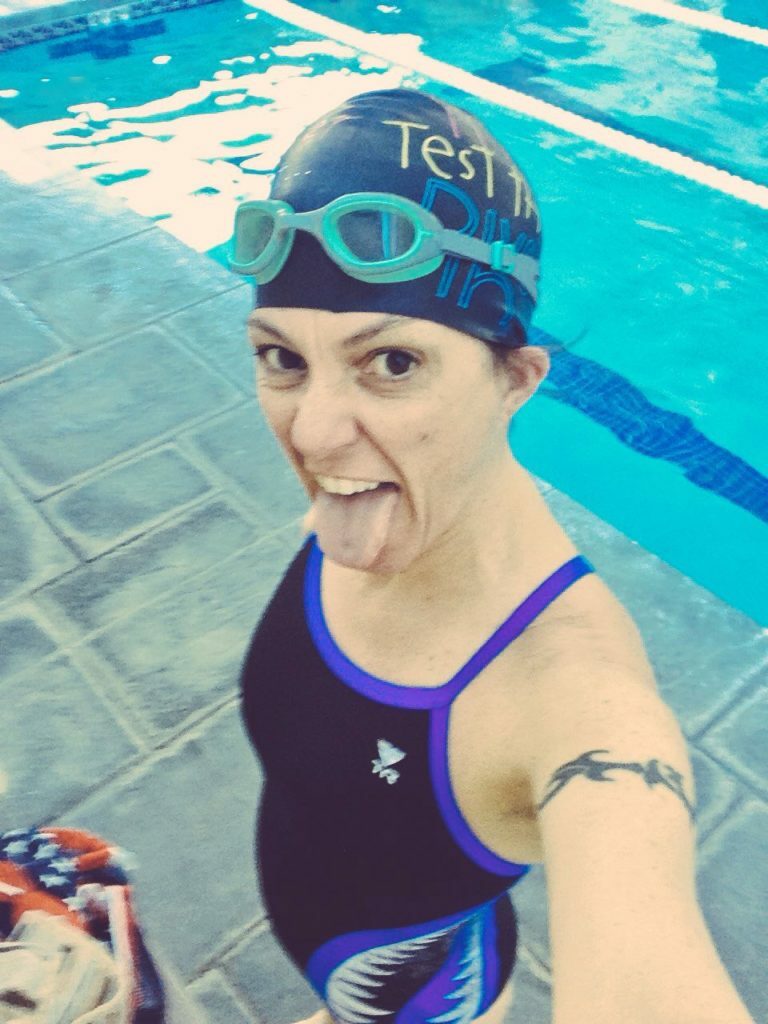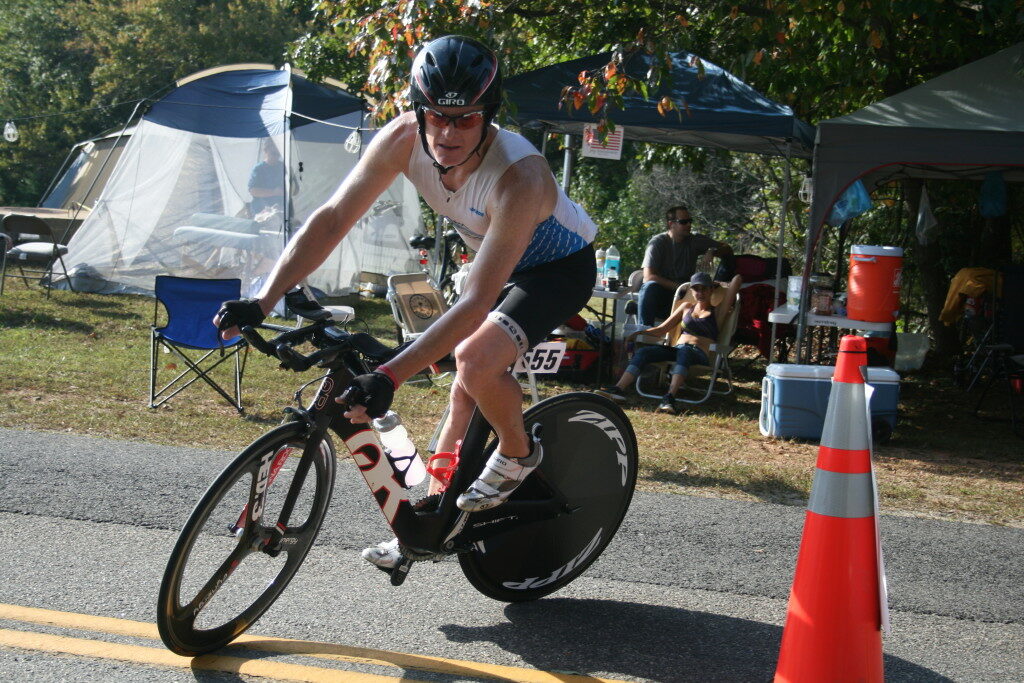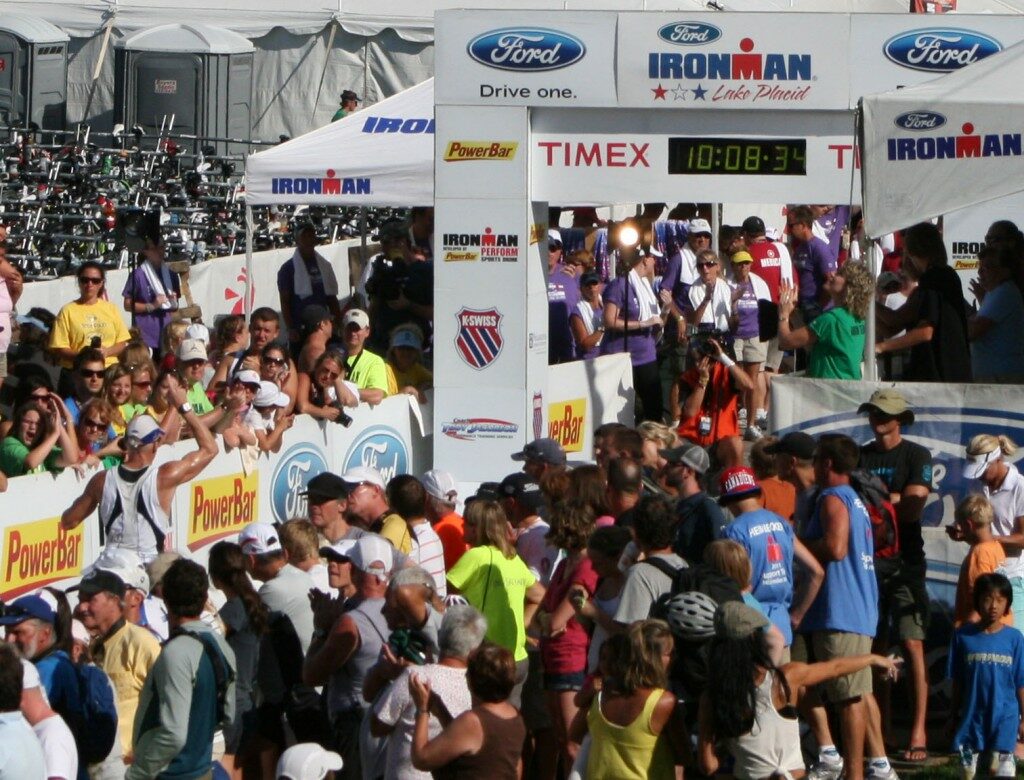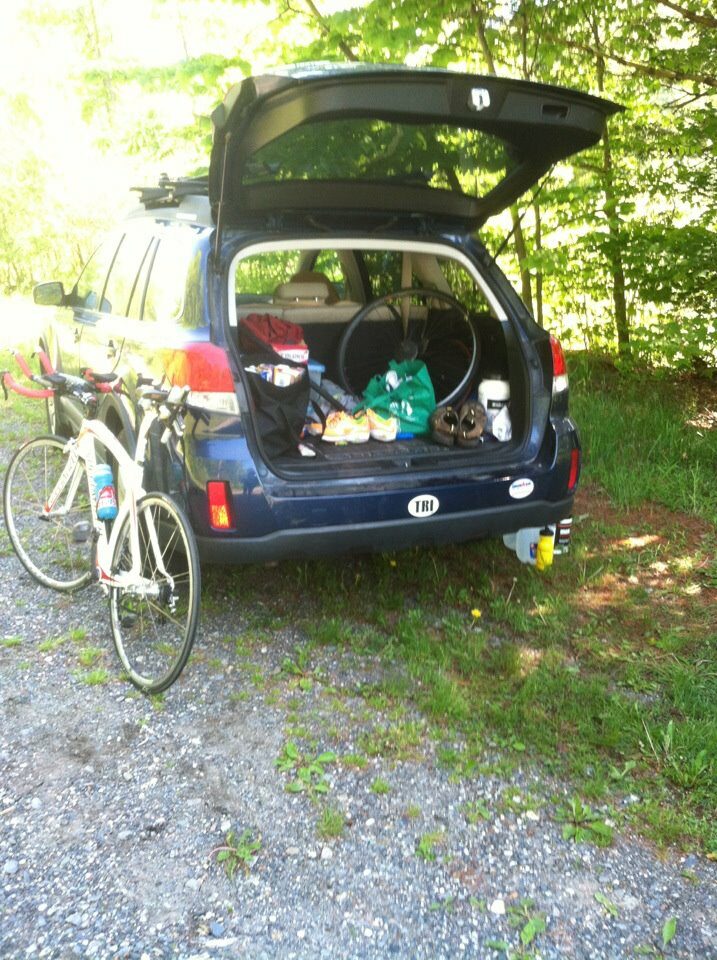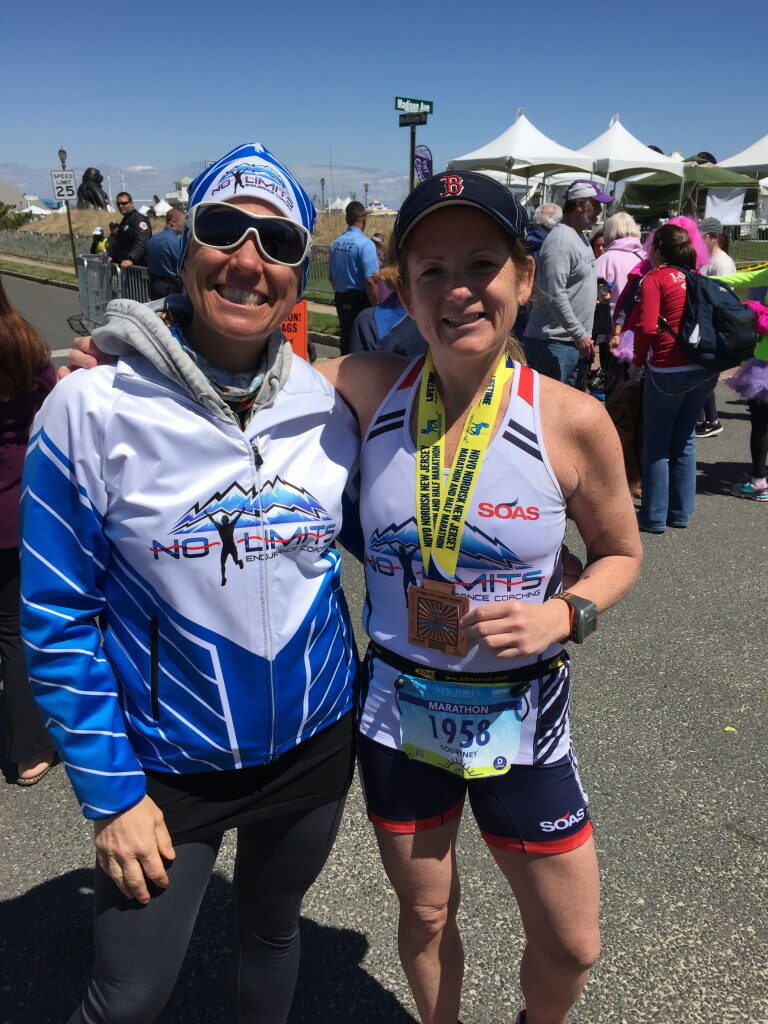Featured Food: Beet It Real Good
Variety is an important component to maintaining a healthy and nutrient-dense diet. But, cooking unfamiliar foods can be intimidating. On the other hand, re-introducing foods that we thought we didn’t like as kids or younger adults may not be appealing. Over the course of the past decade, John and I have gradually evolved our eating[…]



